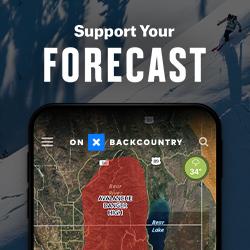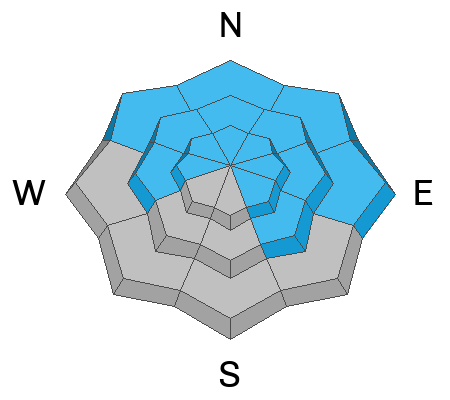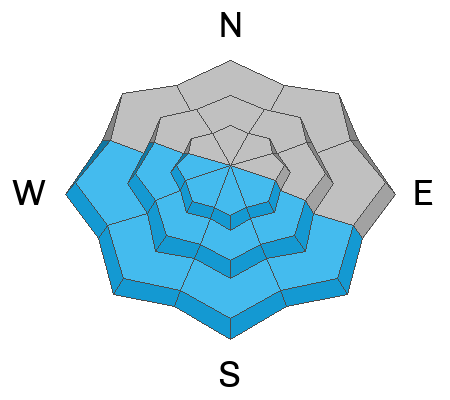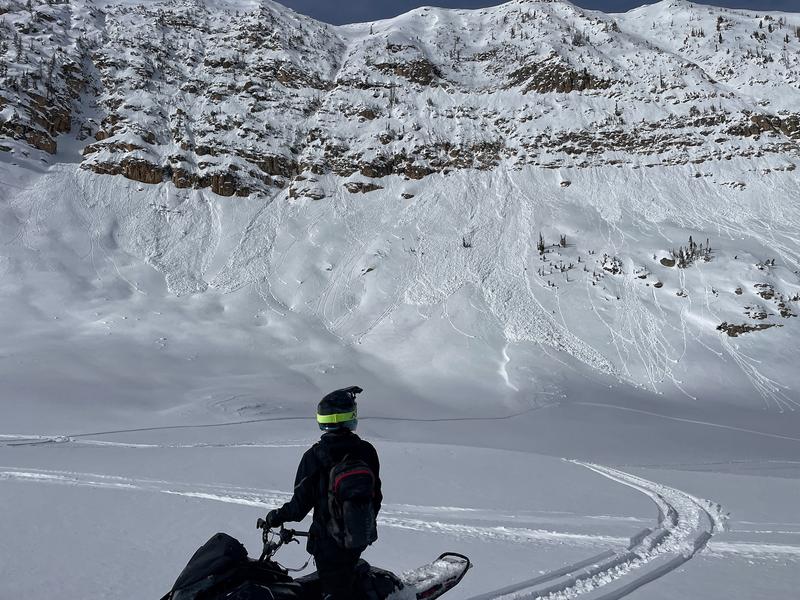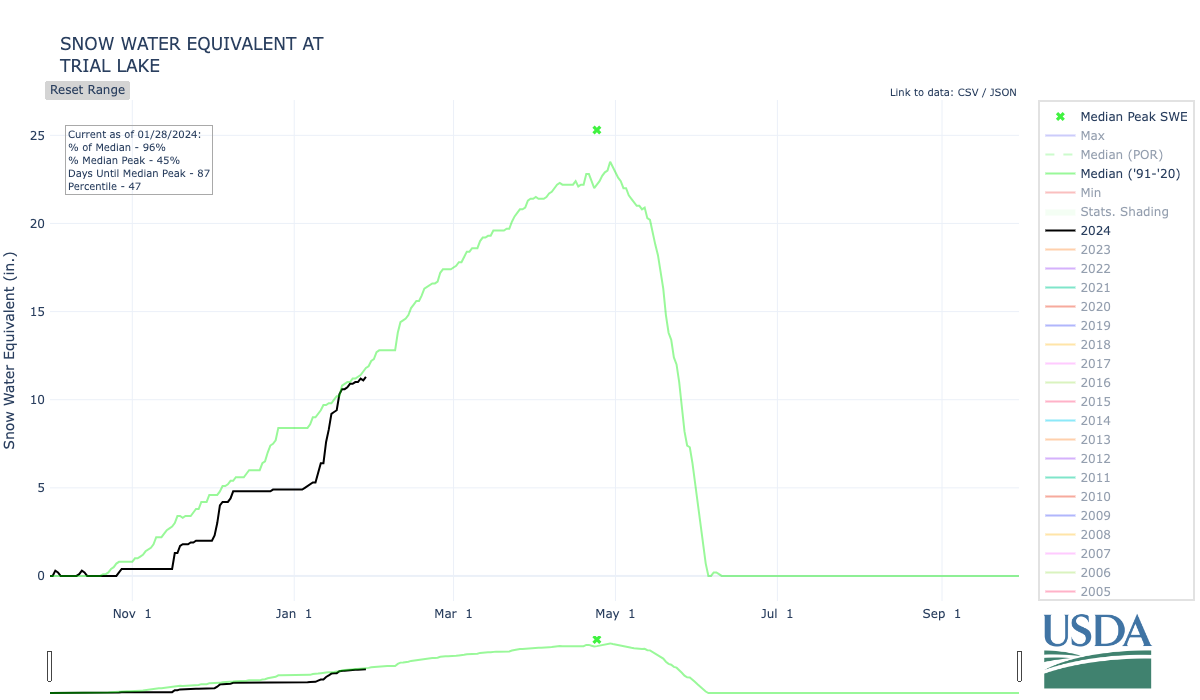Forecast for the Uintas Area Mountains

Issued by Mark Staples on
Monday morning, January 29, 2024
Monday morning, January 29, 2024
Today, the avalanche danger is MODERATE on all slopes. Many slopes have buried persistent weak layers that can still produce large slab avalanches. Slopes receiving direct sunshine should produce some wet loose avalanches.
This is not a normal moderate danger. I remain very hesitant to mess with avalanche terrain - even though the odds of triggering a slide have dropped, the consequences remain the same - deadly. If you do decide to "step out" a little bit and expand your terrain choices, aim for places with a deeper snowpack and a clean runout zone free of trees and rocks that will cause major trauma. It may be counterintuitive, but places with thinner snow are the most likely places to trigger a slide that can then fracture into deeper areas.
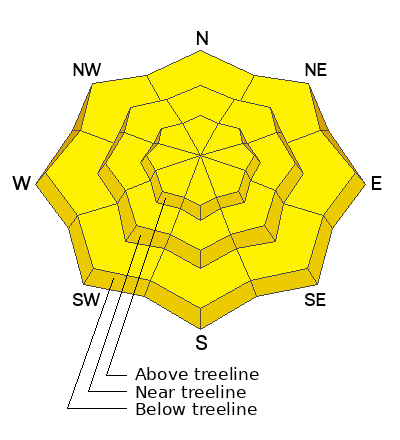
Low
Moderate
Considerable
High
Extreme
Learn how to read the forecast here



